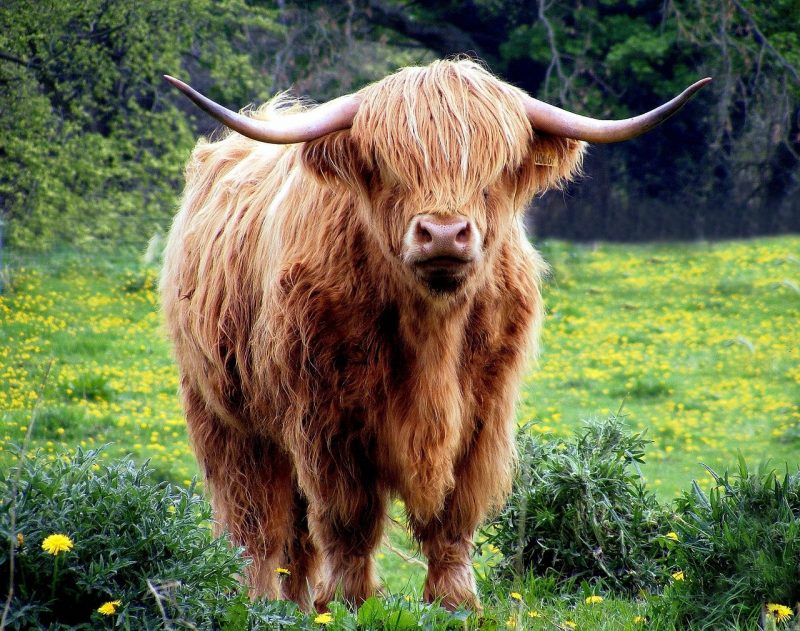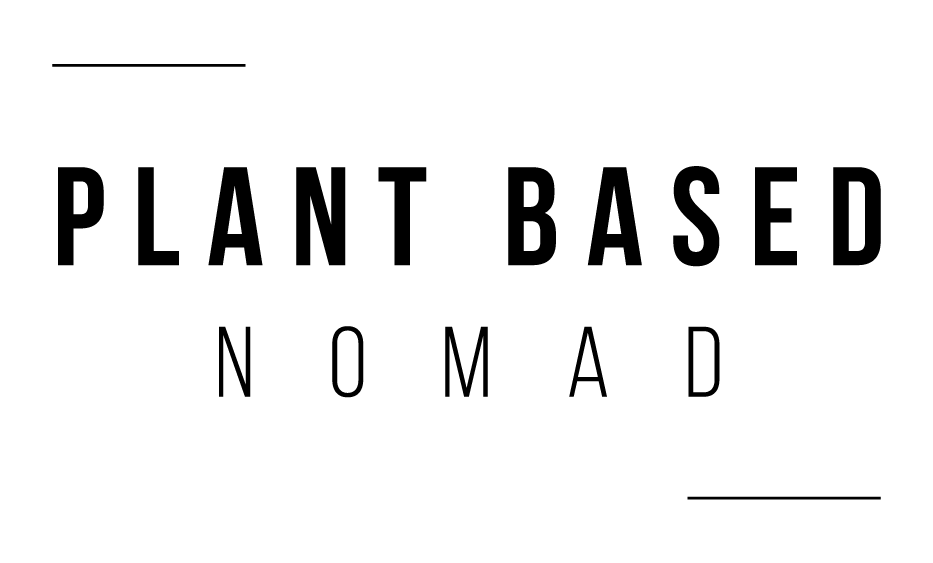
Why More Athletes Should Look to Vegan Protein
It’s not controversial to say that human beings should have diverse diets. As omnivores, we want to get as broad a spectrum of foods as we can in order to consume as wide a variety of vitamins, minerals, phytonutrients, fats, fibers, and proteins as possible. In the case of the non meat eater, vegan protein is not as difficult as many claim or believe.
Few people would argue with that list, but that last entry — protein — can sometimes get pushback. Surely, I should get all of my protein from meat, eggs, and dairy? Aren’t they the highest quality forms on Earth?
We won’t argue that animals can be a great source of protein, but consuming a variety of protein sources that also includes plants is a fantastic way to round out your diet, consume more phytonutrients, and improve your digestion. Nutrition companies like Ample have also started offering on-the-go solutions like Ample V, a real food based meal replacement that focuses on brown rice and pea protein.
Here we’re going to explore why more athletes should consider adding more plant-based proteins to their diet, even if they’re dedicated carnivores.
Why Not Whey?
As the most popular protein powder on the market, it’s fair to say that if you’re thinking about upping your protein intake, you’re thinking about supplementing with whey.
We’re huge fans of whey ourselves, but it doesn’t necessarily have to be your only option.
“There’s nothing inherently bad with a high quality grass-fed whey protein,” says Connor Young, the founder and CEO of nutrition company Ample. “However, many athletes have issues tolerating either the lactose or the casein in whey and therefore are looking for quick, cleaner source of protein.”
There are also some justifiable environmental concerns. A lot of research has found that reducing or eliminating your intake of meat and dairy could be the most effective way to reduce your carbon footprint and contribution to greenhouse gas emissions.(1)
Also Read: Everything you should know before trying a plant based diet
While plant-based entries don’t have the best reputation for taste, the industry has come a long way in recent years.
“Most people assume that because a product is made with pea and rice protein, it inherently tastes bad,” says Young. “However, the plant proteins industry in the last several years has made some great strides. It’s now become possible to source pea and rice protein without the bitter aftertaste or chalky texture. That has allowed for the formation of products like Ample V, which is high in plant-based proteins but still has a natural, creamy blend of berries and nuts, and a hint of fresh lemon flavor.”
Best Forms of Vegan Protein
Here are some of the more popular and dense forms of protein.
- Firm tofu (~9 grams per 3oz serving)
- Tempeh (~16 grams per 3oz serving)
- Seitan (~24 grams per 1oz serving)
- Legumes (~18 grams per 1 cup serving)
- Quinoa (8 grams per 1 cup serving)
- Nut and seed butters (~8 grams per 2tbsp serving)
- Spelt and teff (10 grams per cooked cup)
- Hempseeds (10 grams per 1oz serving)
- Oats (6 grams per half cup serving)
While they’re very popular sources of quality protein, we’d be remiss if we didn’t mention that a lot of people avoid soy (tofu and tempeh) and gluten (seitan). For many people looking to reduce their intake of animal protein, legumes like lentils, peas, and beans are frequently at the top of the list. You can get 30 grams of quality protein in roughly two cups of any cooked legume, along with about a day’s worth of fiber and iron.
Are Plant Based Proteins Complete?
What about the fears that plant based protein isn’t “complete”?
The term refers to the amount of amino acids present. All animal protein contains all of the essential amino acids — usually described as “the building blocks of protein” — in roughly equal amounts. Most plant based protein, with some exceptions like soy and quinoa, do not.
Contrary to popular belief, so long as you get all your amino acids throughout the day you won’t wind up with deficiencies, and the typical vegan diet is sufficiently varied that it shouldn’t be a concern, according to papers published in The Journal of the American Dietetic Association and Proceedings of the Nutrition Society.(2)(3)
But it is worth thinking about getting enough leucine with each serving of protein.
Also Read: Vegan Diet for Athletes: Can You Build Muscle with Plant-Based Nutrition?
“If you are a bodybuilder or weightlifter looking to maximize muscle growth, I think it’s important, as leucine has been shown to be a powerful signaling molecule to muscle protein synthesis by way of the mTOR pathway,” says Young. “If instead, the goal is to be generally healthy, having an adequate supply of all 9 essential amino acids is really all that’s required.”
It appears that aiming for at least 2 or 3 grams of leucine per serving is enough to stimulate muscle protein synthesis. You’ll get that in about 30 grams of protein from the above sources except for nuts, which are a pretty low quality protein.
“Pea and rice protein have just as much leucine as whey or beef,” says Young. “When combined, pea and rice protein become a complete protein comprised of all nine essential amino acids and are effective for recovering from any training regimen.”
The Benefits of Eating More Vegan Protein
Fiber
Plant based proteins are typically excellent sources of fiber. The USDA estimates that the average American eats 16 grams of fiber per day — well under the recommended daily intake of 25 to 38 grams — and a 2014 survey published in Nutrition Research even went as far as to estimate that only eight percent of Americans meet their RDI.(4)
This makes them especially useful tools for people focused on weight loss, as fiber digests slowly and is remarkably filling. Research has found that legumes in particular are strongly associated with appetite suppression, with one randomized study finding them to produce much greater satiety than consuming the same amount of calories from meat.(5)
Iron
Many forms of plant based protein come with a lot of iron. Yes, it’s true that it doesn’t absorb quite as well as iron from meat, but there are a few things to note. Firstly, the absorption rate is vastly increased by consuming it with some Vitamin C, which basically just means it’s a good idea to have fruit or veggies with every meal. (Something you probably already knew.) Second, a high intake of heme (animal-derived) iron has been linked to a variety of diseases including colorectal cancer.(6)(7)(8) So it’s smart to incorporate other sources of non-heme iron into your daily intake.
Phytonutrients
They don’t fit neatly into the category of “vitamin” or “mineral,” but phytonutrients are substances found in plants that are believed to be beneficial to our health. Examples include beta glucans, found in oats and linked to lower risks of heart disease, and galactooligosaccharides, found in legumes and may improve digestion.(9)(10)(11)
There are a lot of things found in plants that are good for your body, yet don’t make it onto the FDA’s table of recommended nutrients. Eat a varied diet.
The Takeaway
No one’s telling you to replace all of your protein with tofu. What’s important to learn, though, is that there are real benefits to adding more protein from plants and plant-based meal shakes like Ample V — they can be vital sources phytonutrients, non-heme iron, and micronutrients that you just can’t get from animal products. Remember that diverse diets are key to long-term health, so eat from as any food groups as you can and enjoy the benefits.
References
1. Poore J, et al. Reducing food’s environmental impacts through producers and consumers. Science. 2018 Jun 1;360(6392):987-992.
2. American Dietetic Association, et al. Position of the American Dietetic Association and Dietitians of Canada: Vegetarian diets. J Am Diet Assoc. 2003 Jun;103(6):748-65.
3. Millward DJ. The nutritional value of plant-based diets in relation to human amino acid and protein requirements. Proc Nutr Soc. 1999 May;58(2):249-60.
4. Reicks M, et al. Total dietary fiber intakes in the US population are related to whole grain consumption: results from the National Health and Nutrition Examination Survey 2009 to 2010. Nutr Res. 2014 Mar;34(3):226-34.
5. Kristensen MD, et al. Meals based on vegetable protein sources (beans and peas) are more satiating than meals based on animal protein sources (veal and pork) – a randomized cross-over meal test study. Food Nutr Res. 2016 Oct 19;60:32634.
6. Bastide NM, et al. Heme iron from meat and risk of colorectal cancer: a meta-analysis and a review of the mechanisms involved. Cancer Prev Res (Phila). 2011 Feb;4(2):177-84.
7. Bastide NM, et al. A central role for heme iron in colon carcinogenesis associated with red meat intake. Cancer Res. 2015 Mar 1;75(5):870-9.
8. Etemadi A, et al. Mortality from different causes associated with meat, heme iron, nitrates, and nitrites in the NIH-AARP Diet and Health Study: population based cohort study. Send to BMJ. 2017 May 9;357:j1957.
9. Rochfort S, et al. Phytochemicals for health, the role of pulses. J Agric Food Chem. 2007 Oct 3;55(20):7981-94.
10. Akramiene D, et al. Effects of beta-glucans on the immune system. Medicina (Kaunas). 2007;43(8):597-606.
11. Sima, P. β-glucans and cholesterol (Review) Int J Mol Med. 2018 Apr; 41(4): 1799–1808.
Click here to view original web page at Why More Athletes Should Look to Vegan Protein

